QuestionMy beagle is turing 5 months old and only weighs 10 pounds. is she underweight?
AnswerYes it certainly sounds like it, but here is another way to judge
Veterinarians often use a 9 point scoring system to evaluate the body condition of pets. A point value of 1 means the dog or cat is extremely thin to the point of emaciation. A score of 9 means the pet is grossly overweight. And like Goldilocks and the three bears, a score of 5 is 'just right.' To determine body score, there are several specific areas of the dog or cat we look at. Remember, these are guidelines. A Greyhound with a score of 5 is still going to be thinner than a Bulldog with the same score.
To perform the rating, we first feel the pet's ribs. We should be able to quite easily feel the ribs. There should be a slight amount of fat over them, but each rib should be distinct. If you can see the ribs, the pet is too thin. If you can not feel them at all, the pet is very overweight.
Second, check the area near the base of the tail. There should be a slight fat covering over this area and it should feel smooth. If the bones protrude, the pet is too thin; if you can not feel any bones at all, the pet is very overweight.
Third, feel other bony prominences on the pet's body such as the spine, shoulders, and hips. Again, you should be able to feel a small amount of fat over these areas. If these bones are easily felt or visible, the dog or cat is too thin. If you can not feel the bones beneath the layer of fat, the animal is obviously overweight.
Fourth, look at your pet from above. The animal should have a definite waist behind the ribs. If the waist is extreme, or again, bony prominences are visible, the animal is too thin. If there is no waist, or worse yet, the area between the ribs and hips is wider than the hips or ribs, the dog or cat is grossly overweight.
Fifth, look at the pet from the side. Dogs and cats should have an abdominal tuck, i.e., the area behind the ribs should be smaller in diameter than the chest. This can vary a lot between breeds. Irish Setters and Greyhounds, for instance, appear to have a much more distinct abdominal tuck, since they are so deep-chested. An animal who is too thin will have a very severe abdominal tuck. Overweight animals will have no abdominal tuck.
If you feel your dog is underweight or overweight, consult your veterinarian to determine if there are any medical problems contributing to this

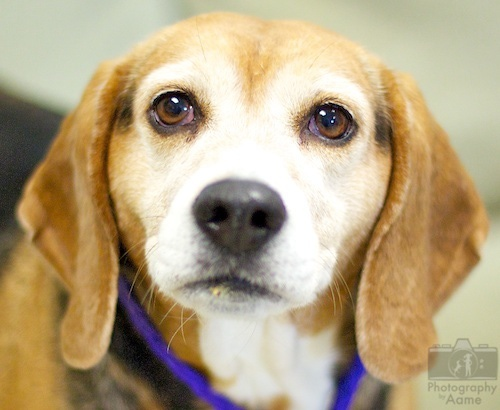 Is my Beagle rare ... because of her unique facial marking?
Question
Sweetie, the Beagle
Hello Have4Paws. &n
Is my Beagle rare ... because of her unique facial marking?
Question
Sweetie, the Beagle
Hello Have4Paws. &n
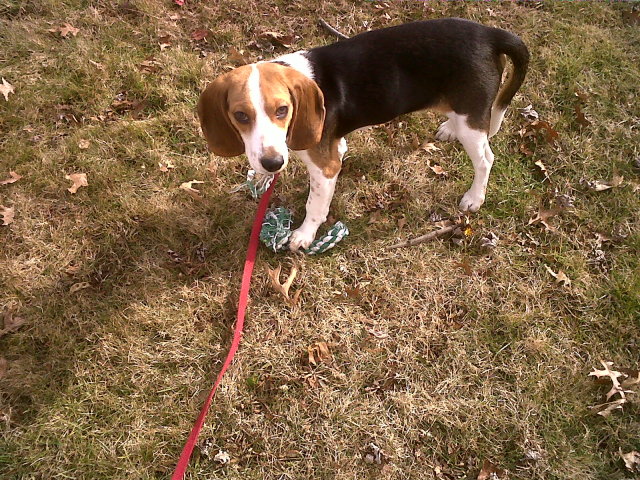 8 month beagle
QuestionRussell
QUESTION: Hello, I am so proud o
8 month beagle
QuestionRussell
QUESTION: Hello, I am so proud o
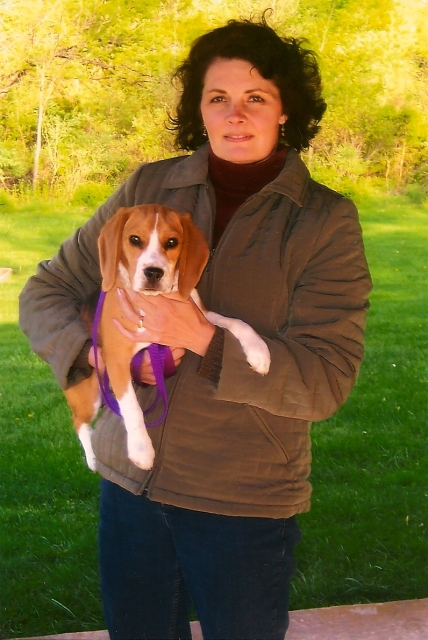 Beagle pup - flea/tick preventative
Question
Me & Lilly at Puppy Sc
I have an 8 month o
Beagle pup - flea/tick preventative
Question
Me & Lilly at Puppy Sc
I have an 8 month o
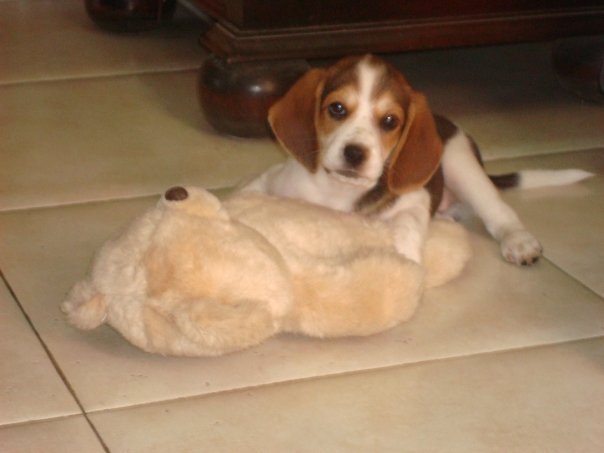 beagle puppy
QuestionQUESTION: dear, i just have a beagle pup, he is
beagle puppy
QuestionQUESTION: dear, i just have a beagle pup, he is
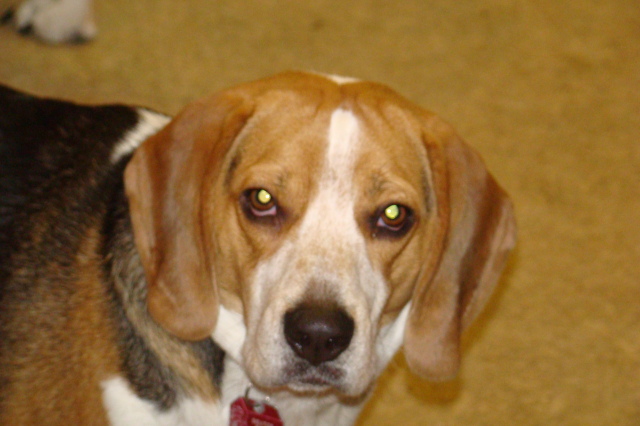 playing fetch
QuestionDexter
QUESTION: Is it a problem for bea
playing fetch
QuestionDexter
QUESTION: Is it a problem for bea